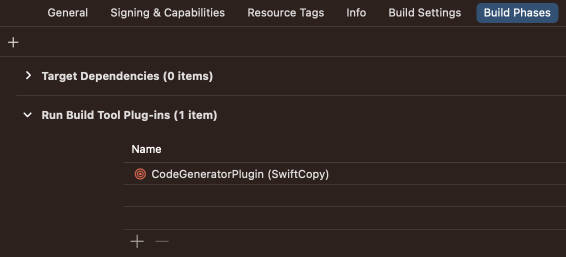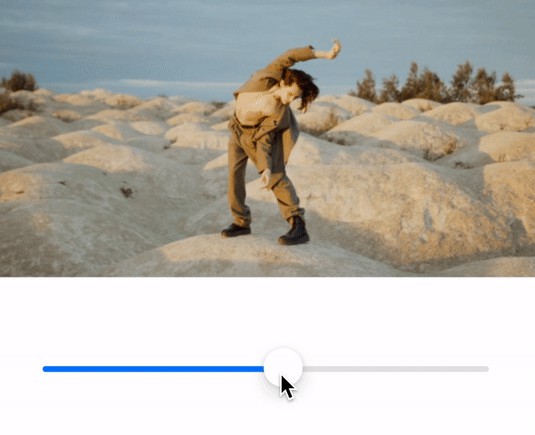Clop SDK
Image, video, PDF and clipboard optimiser
Software Development Kit
ClopSDK is a Swift Package that optimizes images, videos, and PDFs by sending them to the Clop macOS app.
Installation
You can install ClopSDK using the Swift Package Manager. To add it to your Xcode project, go to File > Swift Packages > Add Package Dependency and enter the URL of this repository.
You can also add it to a standalone Swift package by adding it to your Package.swift file:
let package = Package(
name: "MyPackage",
dependencies: [
.package(url: "https://github.com/FuzzyIdeas/ClopSDK.git", from: "1.0.0")
],
targets: [
.target(
name: "MyPackage",
dependencies: ["ClopSDK"])
]
)
Usage
To use ClopSDK, simply import it into your Swift file:
import ClopSDK
Then, you can use the ClopSDK class to send file paths to the Clop app:
// Optimise a single file
try ClopSDK.shared.optimise(path: "/path/to/image.jpg")
// Optimise multiple files
try ClopSDK.shared.optimise(paths: ["/path/to/image.jpg", "/path/to/video.mp4", "/path/to/document.pdf"])
// Send a file to be optimised in background by Clop (don't wait for a response, return immediately)
try ClopSDK.shared.optimise(path: "/path/to/image.jpg", inTheBackground: true)
The optimise method will connect to a local mach port (CFMessagePort) that Clop is listening to, and send the file paths to the app through it.
To make sure the app is running before sending the file paths, you can use the waitForClopToBeAvailable method:
// Wait for Clop to be available for 5 seconds
let clopIsAvailable = ClopSDK.shared.waitForClopToBeAvailable(for: 5)
Stop running optimisations
You can stop currently running optimisations by calling the stopOptimisations method:
ClopSDK.shared.stopOptimisations()
Options
You can also pass options to the optimise method to change the way Clop optimises the files, or to add additional functionality like cropping, downscaling, changing playback speed etc.
func optimise(
urls : [URL],
aggressive : Bool = false,
downscaleTo : Double? = nil,
cropTo : CropSize? = nil,
changePlaybackSpeedBy : Double? = nil,
hideGUI : Bool = false,
copyToClipboard : Bool = false,
inTheBackground : Bool = false
) throws -> [OptimisationResponse]
// There are various overloads of the method for convenience in path passing
optimise(path : FilePath, ...)
optimise(path : String, ...)
optimise(url : URL, ...)
optimise(paths : [FilePath], ...)
optimise(paths : [String], ...)
optimise(urls : [URL], ...)
The response will contain the optimised file path, which can be different if the file had to be converted to a more compatible format (depending on how the app is configured by the user).
struct OptimisationResponse {
let path: String // The optimised file path
let forURL: URL // The original file URL
var convertedFrom: String? = nil // File that started the conversion
var oldBytes = 0 // File size before optimisation
var newBytes = 0 // File size after optimisation
var oldWidthHeight: CGSize? = nil // Dimensions before optimisation
var newWidthHeight: CGSize? = nil // Dimensions after optimisation
}
For more examples on how to use the SDK, check out the tests.
Objective-C
ClopSDK is also available in Objective-C:
bool clopIsAvailable = [ClopSDKObjC.shared waitForClopToBeAvailableFor:5];
if (!clopIsAvailable) {
NSLog(@"Clop is not available");
return;
}
OptimisationResponseObjC* response = [ClopSDKObjC.shared optimiseWithPath:@"/path/to/image.png" error:nil];
if (response) {
NSLog(@"File optimised at %@", response.path);
}
License
ClopSDK is available under the MIT license. See the LICENSE file for more info.



